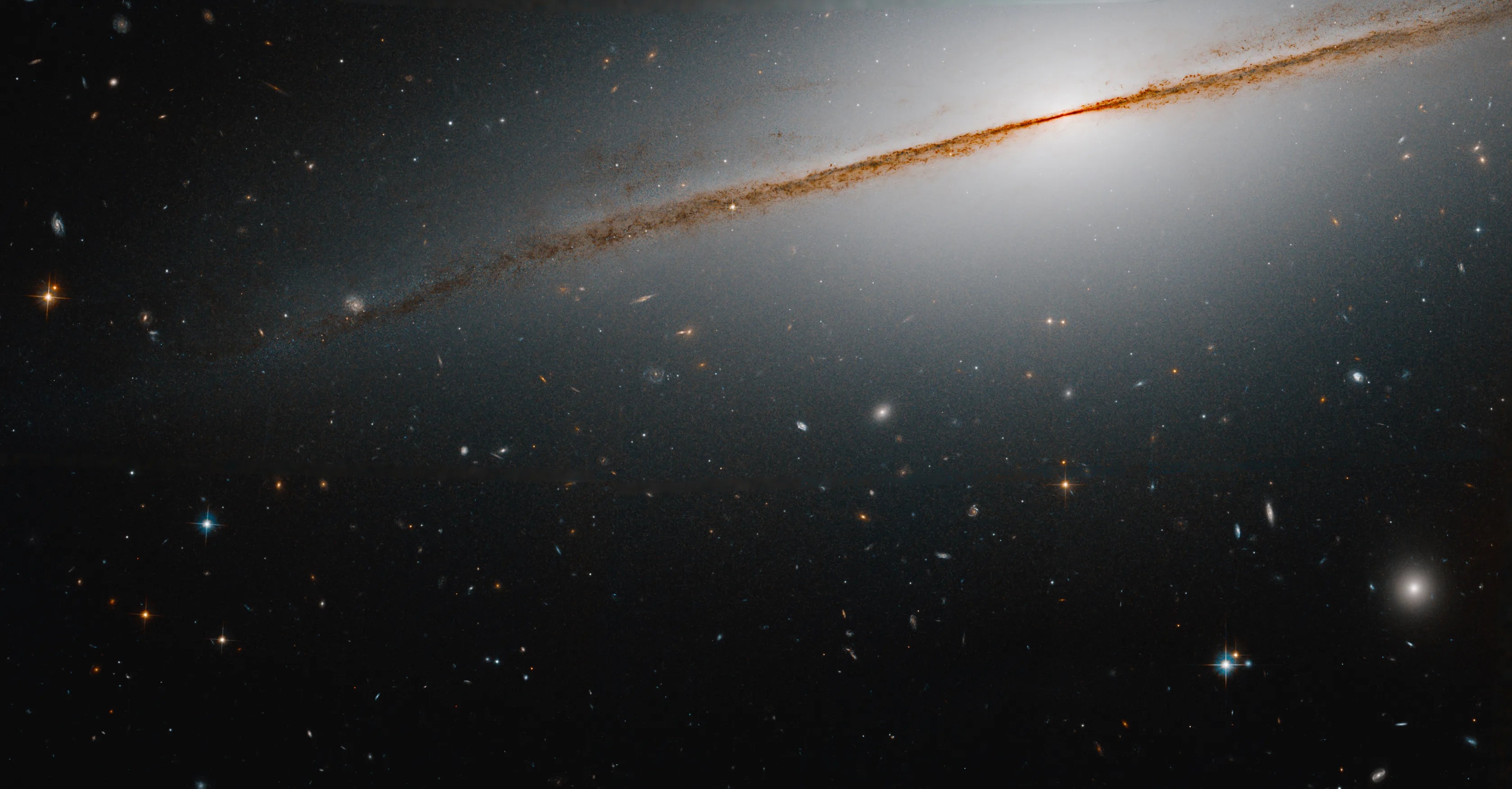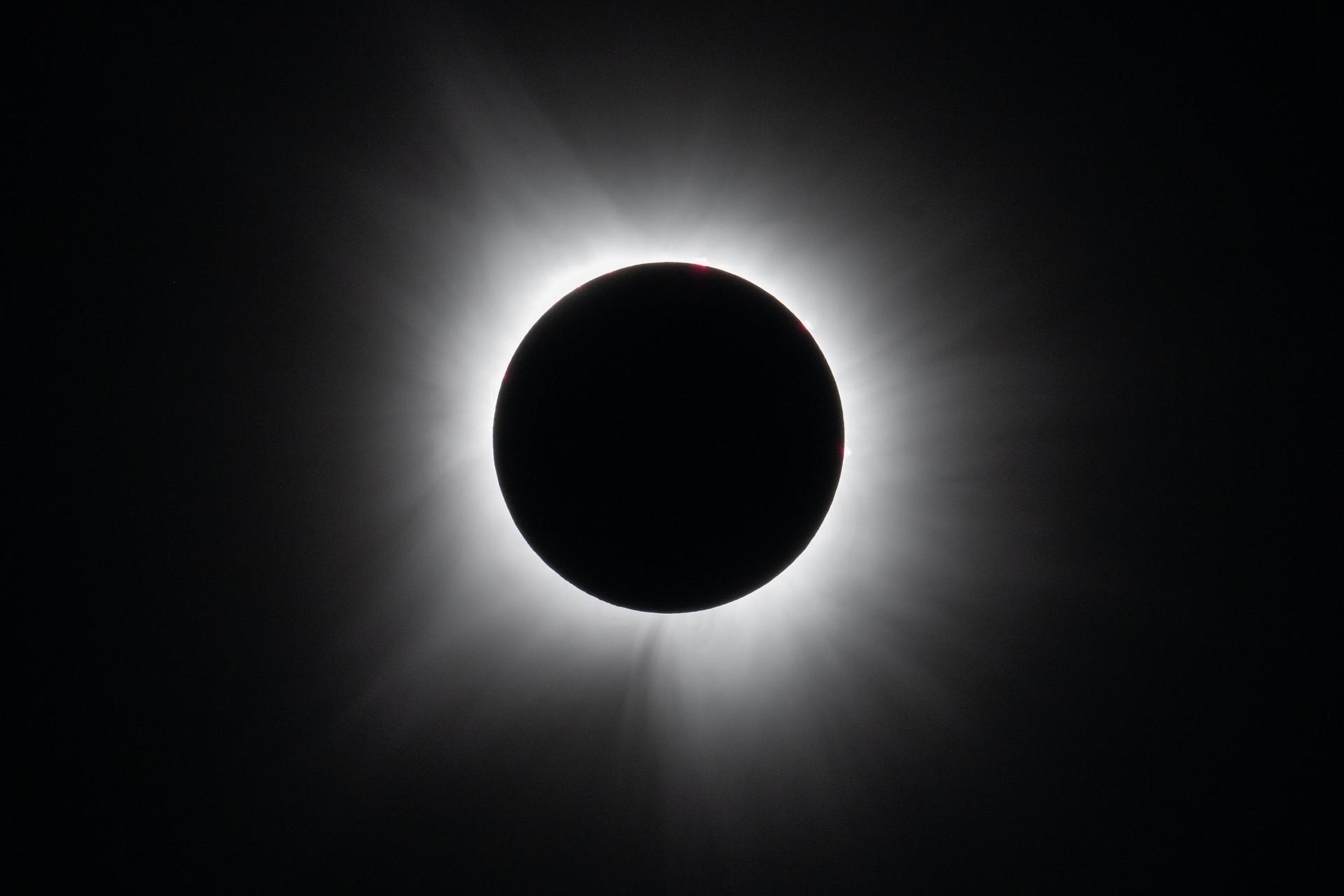2 min read

NASA’s Hubble Space Telescope has allowed astronomers to view galaxies of all shapes and sizes from nearly every angle. When a galaxy is seen edge-on, the mesmerizing perspective reveals a dazzling slice of the universe. The “Little Sombrero,” also known as NGC 7814 or Caldwell 43, is one such galaxy.
Set against a speckled backdrop of more remote galaxies, the Little Sombrero features a bright central bulge, a thin disk full of dust, and a glowing halo of gas and stars that sprawls out into space. It is roughly 40 million light-years from Earth, 80,000 light-years-wide, and billions of years old.
The dusty spiral is named after the grander-appearing Sombrero galaxy, which resembles a broad-brimmed Mexican hat. Also viewed from its edge, the Sombrero galaxy is located just 28 million light-years away and looks larger than the Little Sombrero. In reality, they are nearly the same size, but the Sombrero appears bigger because it is closer.
This image of the Little Sombrero is a combination of visible and infrared observations captured by Hubble’s Advanced Camera for Surveys in 2006. The observations were taken to assist astronomers in studying the galaxy’s stellar populations, and to help shed light on the evolution of this galaxy and others like it.
Media Contacts:
Claire Andreoli
NASA's Goddard Space Flight Center
301-286-1940







